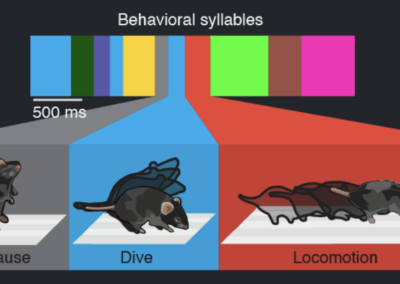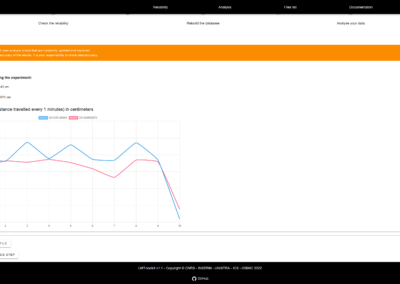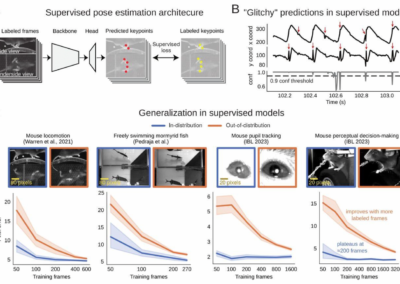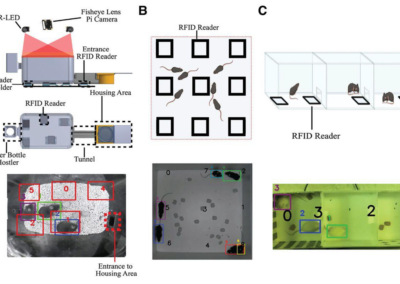Pathfinder
Matthew Cooke and colleagues from Jason Snyder’s lab at University of British Columbia recently developed open source software to detect spatial navigation behavior in animals called Pathfinder:
Spatial navigation is studied across several different paradigms for different purposes in animals; through analyzing spatial behaviors we can gain insight into how an animal learns a task, how they change their approach strategy, and generally observing goal-directed behaviors. Pathfinder is an open source software that can analyze rodent navigation. The software intends to automatically classify patterns of navigation as a rodent performs in a task. Pathfinder can analyze subtle patterns in spatial behavior that simple analysis measures may not always be able to pick up on. Specifically, many water maze analyses use escape latency or path length as an analysis measure, but the authors point out that the time it takes to reach the platform may not differ while the strategy does, so using latency may not be the most optimal measure for analyzing an animal’s strategy and therefore experimenters may miss out on key differences in behavior. Therefore, Pathfinder aims to analyze more subtle aspects of the task to determine differences in spatial navigation and strategy.
Originally intended for water maze navigation, pathfinder can also be used to analyze many other spatial behaviors across different tasks, mazes, and species. The software takes x-y coordinates from behavior tracking software (for example, it can open files from Noldus Ethovision, ActiMetrics’ Watermaze, Stoelting’s Anymaze, and the open-source project ezTrack from Denise Cai’s lab), and then calculates the best-fit search strategy for each rodent’s trial. For the morris water maze task, trials are fit into several categories: Direct Swim, Directed Search, Focal Search, Spatial indirect, Chaining, Scanning, Thigmotaxis, and Random Search.
Pathfinder runs in Python and has an easy-to-use GUI; many aspects and parameters can be adjusted to analyze different tasks or behaviors.
This research tool was created by your colleagues. Please acknowledge the Principal Investigator, cite the article in which the tool was described, and include an RRID in the Materials and Methods of your future publications. Project portal RRID:SCR_021447; Software RRID:SCR_021520

Github
You can also download the project and view more details on their github:
https://matthewbcooke.github.io/Pathfinder/

Website
There’s a nice (humorous!) writeup of the project on the Snyder Lab website.
Check out projects similar to this!








